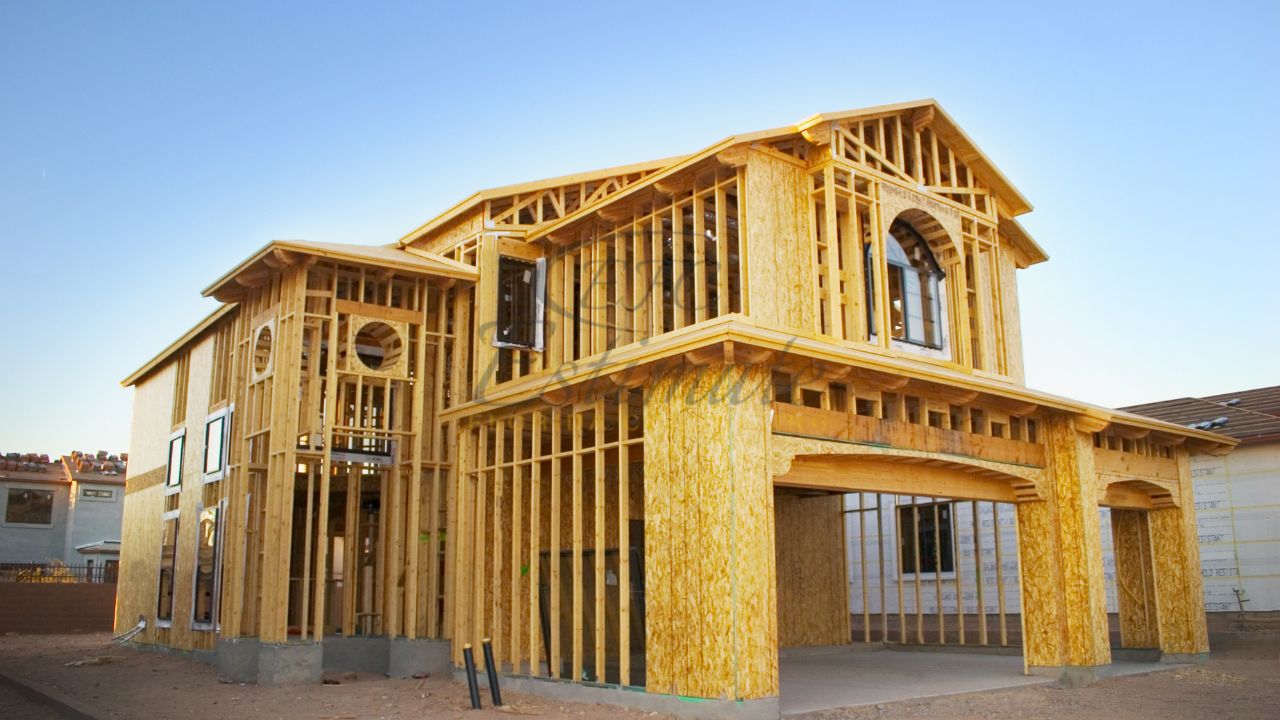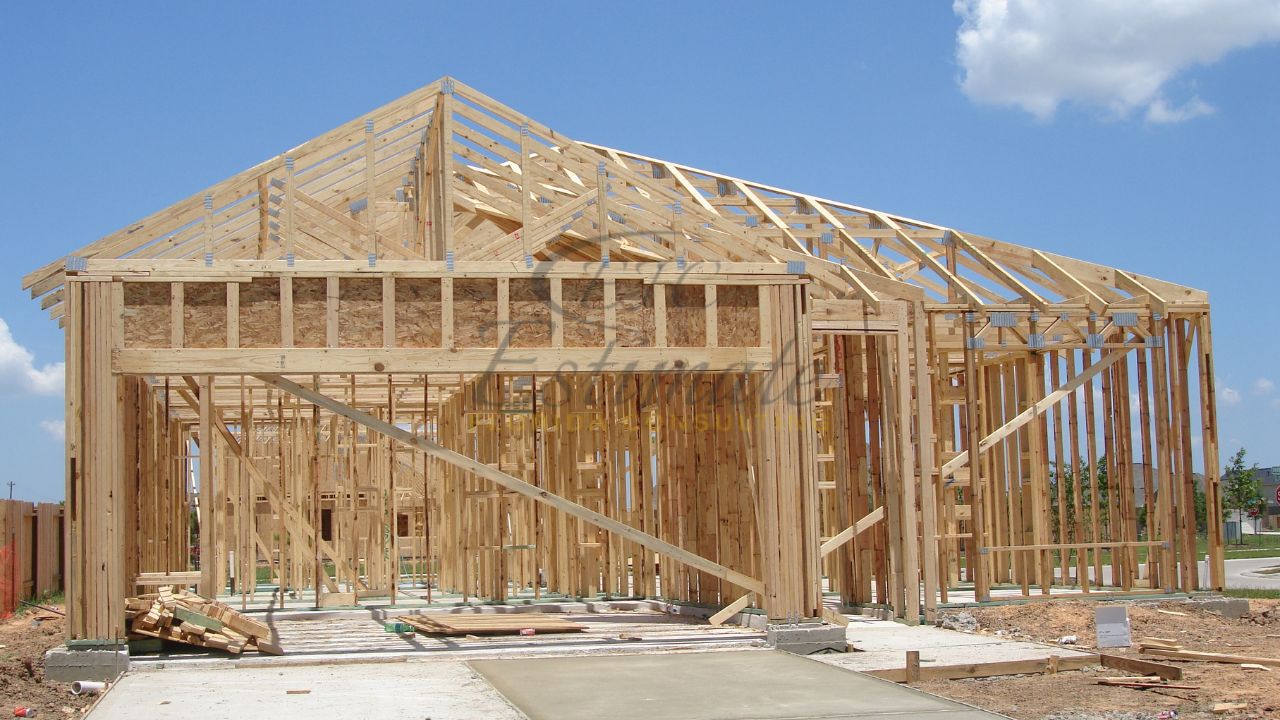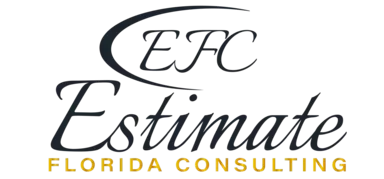Residential Construction Insurance with Estimate Florida Consulting
Florida’s residential construction market is thriving, with single-family homes, condominiums, and planned communities sprouting across the state to meet a surging population. From the vibrant suburbs of Orlando to the coastal estates of Naples, the demand for resilient, high-quality homes has never been higher. However, building in the Sunshine State comes with unique risks—hurricanes, flooding, labor shortages, and material price volatility can derail even the best-laid plans. This is where residential construction insurance becomes a cornerstone of project success, safeguarding builders, homeowners, and investors from unforeseen setbacks.

At Estimate Florida Consulting, we understand that accurate cost forecasting goes hand-in-hand with robust risk management. Our expertise in construction estimating services ensures that insurance costs are seamlessly integrated into your budgets, reflecting Florida’s dynamic conditions. In this comprehensive guide, we explore the essentials of residential construction insurance, its critical role in Florida’s unique landscape, practical strategies to optimize coverage, and how our tailored services help builders mitigate risks while staying competitive.
Understanding Residential Construction Insurance: The Basics
Residential construction insurance is a suite of policies designed to protect stakeholders during the building process, covering everything from groundbreaking to final occupancy. Unlike standard homeowner’s insurance, which kicks in post-construction, these policies address risks specific to active projects. In Florida, where natural disasters and regulatory complexities loom large, the right coverage is non-negotiable.
Key policy types include:
- Builder’s Risk Insurance: Covers property damage to the structure during construction, including materials, equipment, and fixtures. Think storm-damaged framing or stolen HVAC units.
- General Liability Insurance: Protects against third-party claims, such as a passerby injured by falling debris or damage to a neighboring property.
- Workers’ Compensation: Mandatory in Florida for most construction firms, it covers employee injuries, like a roofer’s fall or heat-related illness.
- Professional Liability Insurance: Shields against errors in design or planning, crucial for architects or engineers specifying hurricane-resistant systems.
- Commercial Auto Insurance: Covers vehicles used for transporting materials, vital for subcontractors navigating Florida’s sprawling job sites.
According to the National Association of Home Builders (NAHB), insurance costs can account for 3-5% of a residential project’s budget, with Florida premiums often higher due to environmental risks. A 2024 report noted that 60% of U.S. builders cite rising insurance rates as a top concern, exacerbated in Florida by post-hurricane claim surges. For a $500,000 single-family home in Miami-Dade, builder’s risk premiums alone can range from $5,000 to $15,000 annually, depending on coverage and location.
Why Florida’s Residential Construction Demands Tailored Insurance?
Florida’s unique challenges elevate the stakes for insurance planning. The state’s Building Code mandates wind-resistant designs, such as impact windows and reinforced roofs, which increase material costs but also exposure to damage during construction. Hurricanes—Category 5 storms like Ian in 2022—can halt projects, destroy materials, or trigger costly delays. Flood zones, especially in low-lying areas like the Keys, amplify risks, with FEMA noting that 20% of flood claims occur outside high-risk zones.
Labor issues add another layer. Florida’s construction workforce, stretched thin by demand, faces high injury rates—OSHA reports 3.5 injuries per 100 workers annually in the sector. Workers’ compensation claims, particularly for falls or equipment mishaps, drive up premiums. Supply chain disruptions, like the 15% lumber price spike in 2024, also heighten theft risks for on-site materials, making builder’s risk coverage critical.
Then there’s litigation. Florida’s litigious environment, coupled with strict permitting processes, increases liability exposure. A misstep in complying with FDOT regulations or local ordinances can lead to costly lawsuits. Professional liability insurance becomes a lifeline for firms navigating these complexities, especially for custom homes requiring intricate MEP systems.
Our residential estimating services at Estimate Florida Consulting factor in these risks, embedding insurance costs into detailed budgets. By analyzing local data—such as Miami’s higher flood premiums or Tampa’s windstorm deductibles—we ensure your estimates reflect real-world exposures.
Key Benefits of Comprehensive Construction Insurance
Investing in robust insurance isn’t just about compliance—it’s a strategic advantage. Here’s how it strengthens residential projects:
- Financial Protection: Builder’s risk covers losses from storms, vandalism, or theft, preserving your bottom line. For example, replacing $50,000 in storm-damaged drywall without coverage could sink a small contractor.
- Project Continuity: Workers’ compensation ensures injured employees receive care, minimizing downtime. A 2023 study by the Insurance Information Institute found that insured projects recover 30% faster post-incident.
- Client Confidence: Homebuyers and investors favor builders with comprehensive coverage, signaling reliability. This is key in Florida’s competitive market, where trust drives referrals.
- Regulatory Compliance: Florida law requires general liability and workers’ comp for most projects, with fines up to $1,000 per day for non-compliance, per the Florida Department of Business and Professional Regulation.
By integrating insurance costs into our material takeoff services, we help clients avoid underbidding—a common pitfall that erodes profits when unforeseen claims arise.
Navigating 2025 Challenges: Rising Premiums and Policy Shifts
As of September 2025, Florida’s insurance landscape is under pressure. The state’s property insurance crisis, fueled by hurricane losses and insurer withdrawals, has spiked residential construction premiums by 20-30% since 2023. A U.S. Department of Labor analysis notes that workers’ comp rates are climbing due to labor shortages increasing on-site risks. Meanwhile, new regulations proposed in 2025 aim to tighten contractor licensing, potentially raising professional liability costs for non-compliant firms.

Climate change adds urgency. With NOAA forecasting above-average hurricane activity, insurers are imposing higher deductibles for wind and flood damage. For coastal projects, builder’s risk policies now often exclude named storms unless paired with specialized endorsements, adding 10-15% to premiums. Smaller firms, already strained by H-1B visa fee hikes, face tough choices: absorb costs or pass them to clients, risking bid competitiveness.
Yet, opportunities exist. Insurers like Travelers and Chubb offer tailored construction packages with risk management tools, such as safety training credits that lower premiums by up to 5%. Adopting digital tools—like Autodesk Construction Cloud for real-time project tracking—can also demonstrate proactive risk mitigation, appealing to underwriters.
Strategies to Optimize Your Insurance Approach
To thrive in this environment, builders must be strategic. Here are practical steps, informed by our expertise at Estimate Florida Consulting:
- Conduct a Risk Assessment: Map project-specific risks—flood zones, high-wind areas, or labor-intensive phases—and tailor coverage. Our bid management services include risk analysis to align insurance with project scope.
- Bundle Policies: Combine builder’s risk, general liability, and workers’ comp for discounts. Multi-year policies can lock in rates against 2025’s rising premiums.
- Leverage Technology: Use BIM tools like Revit to simulate risks, such as flood impacts, reducing claim likelihood. Our BIM estimating services integrate these insights into budgets.
- Invest in Safety: OSHA-compliant training and equipment upgrades lower workers’ comp claims. Firms with safety certifications can negotiate 5-10% premium reductions.
- Shop Around: Compare quotes from insurers specializing in construction, like Zurich or Liberty Mutual. We assist with cost projections to balance premiums and coverage.
How Estimate Florida Consulting Enhances Your Insurance Strategy?
At Estimate Florida Consulting, we don’t just estimate costs—we anticipate risks. Our team, steeped in Florida’s construction nuances, embeds insurance planning into every estimate. For a $1 million Jacksonville home, we factor in $10,000-$20,000 for builder’s risk, adjusted for flood zone premiums, and $5,000 for liability, based on local claim trends. Our quantity takeoff services ensure material estimates account for theft or damage risks, while our lead generation connects you to insurers offering competitive rates.
A recent case: For a Naples custom home, we used BIM data to identify over-insured roofing quantities, saving $8,000 in premiums while maintaining coverage. Another client, a Broward County developer, leveraged our risk assessment to secure a bundled policy, cutting insurance costs by 12% and winning a competitive bid. With a 90% client retention rate, our data-driven approach—powered by tools like ProEst—delivers estimates that balance cost and coverage.
Frequently Asked Question
It’s a set of policies protecting builders, materials, and workers during home construction, covering risks like property damage, injuries, or design errors.
Hurricanes, floods, and strict building codes increase risks, with premiums 20-30% higher than the national average due to environmental and litigation factors.
It protects the structure, materials, and equipment from damage, theft, or natural disasters during construction, excluding named storms unless specified.
For a $500,000 home, expect $5,000-$15,000 annually for builder’s risk, plus $3,000-$7,000 for general liability, varying by location and risk.
Yes, BIM and digital tracking (e.g., Autodesk Construction Cloud) reduce errors and claims, appealing to insurers for premium discounts.
Uninsured losses from storms or injuries can bankrupt small firms, with Florida fines up to $1,000/day for non-compliance.
We integrate insurance costs into our construction estimating services, using local data and BIM to optimize budgets and coverage.
Self-insurance or captive programs exist for large firms, but most benefit from tailored policies via insurers like Travelers.
Assess project risks, compare quotes, and bundle coverage. Our contact page offers free consultations to guide you.
Visit the NAHB’s insurance resources or Florida DBPR for regulatory insights.
Build with Confidence: Partner with Estimate Florida Consulting
Residential construction insurance is your shield against Florida’s unpredictable risks, ensuring projects stay on track and budgets intact. At Estimate Florida Consulting, we blend local expertise with digital precision to craft estimates that account for every risk, from storms to lawsuits. Ready to fortify your next build? Contact us for a free consultation on our estimating services.
Estimate Florida Consulting: Building Florida’s Future, One Precise Estimate at a Time.

